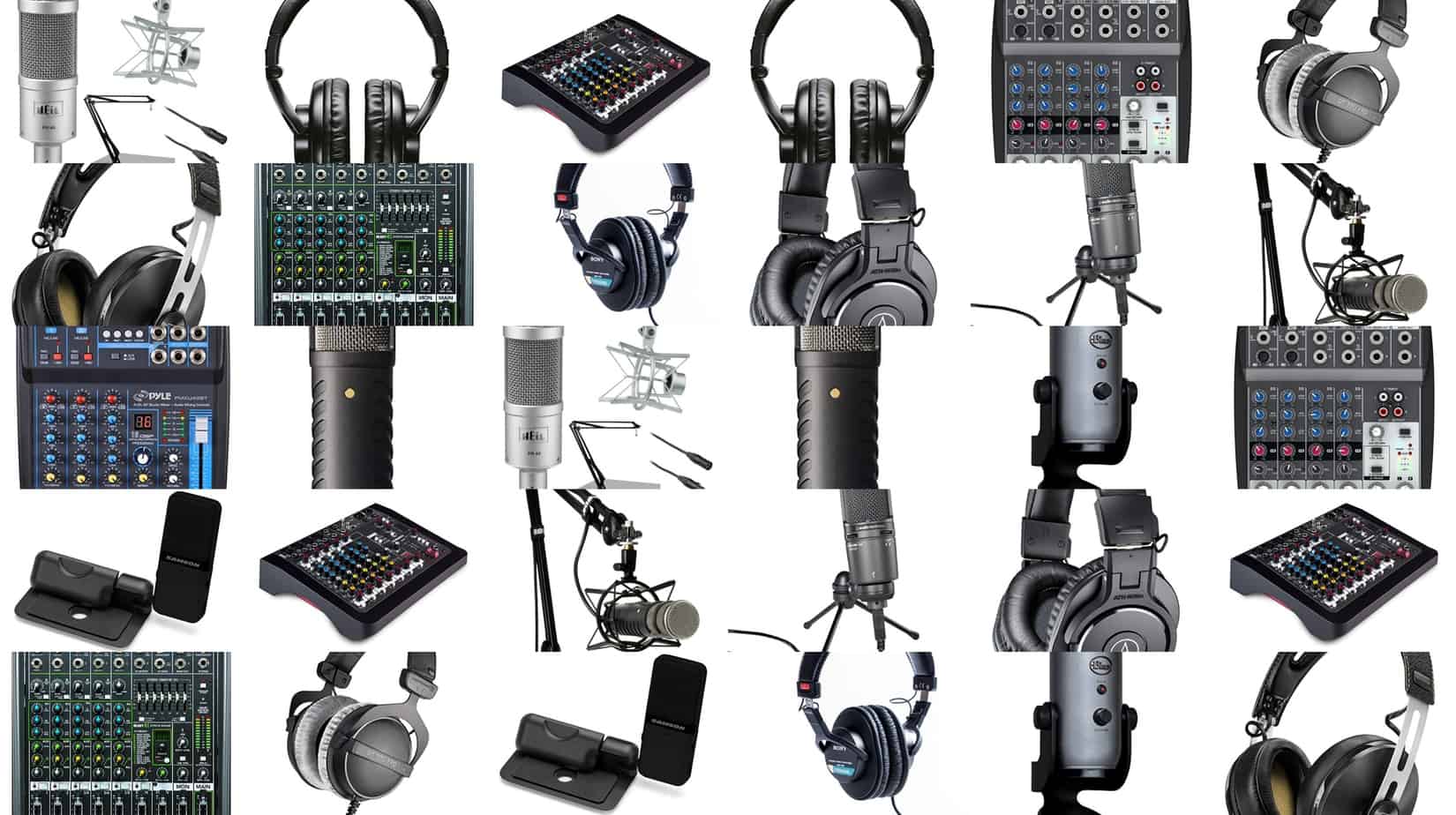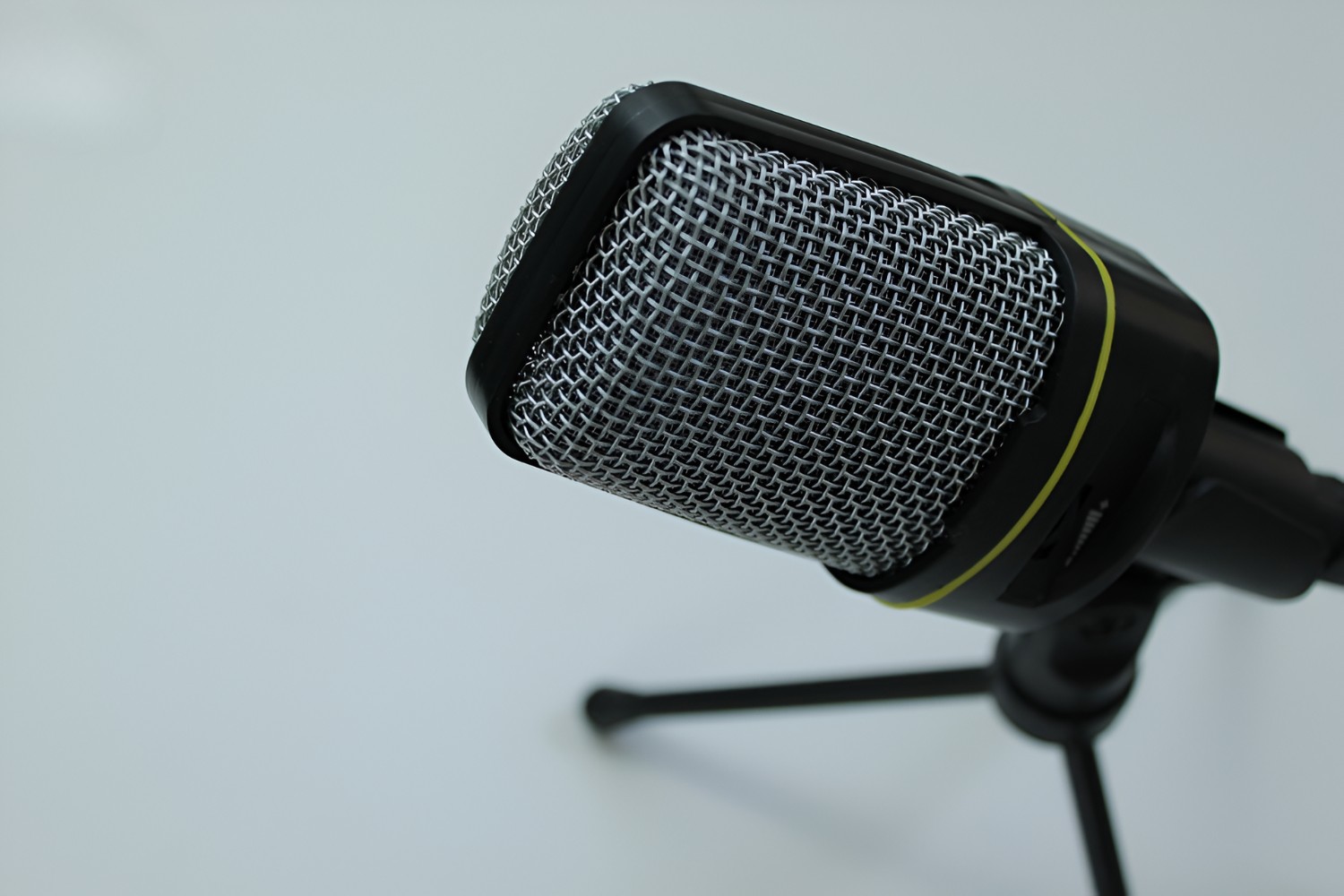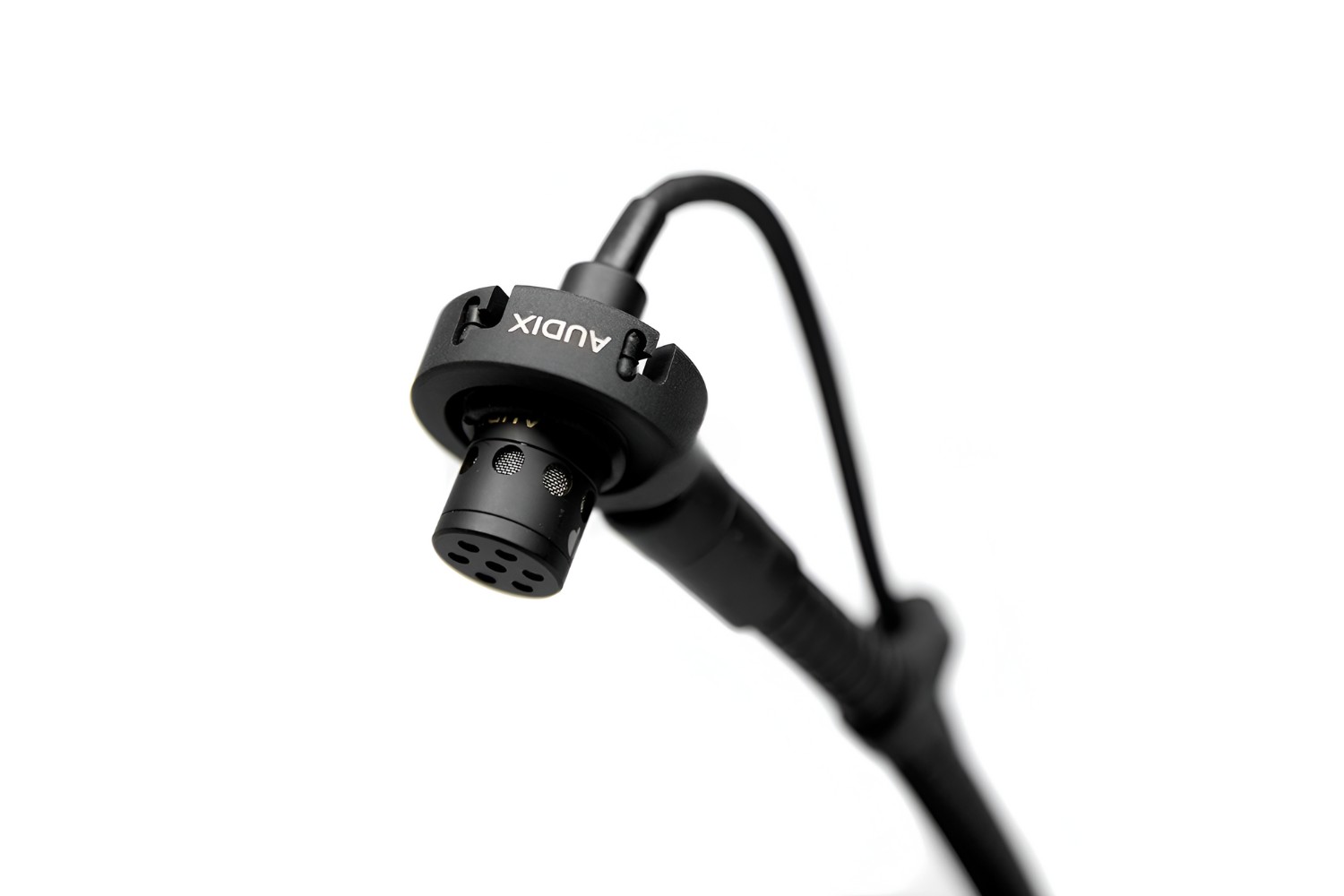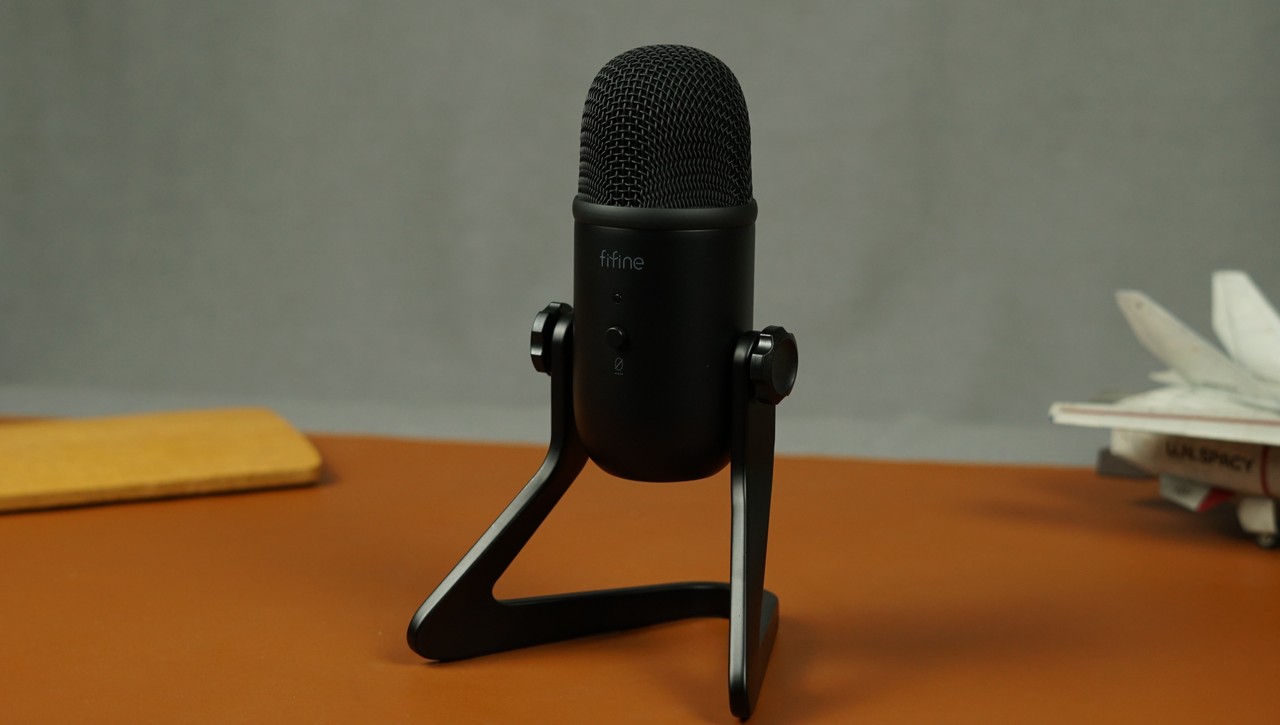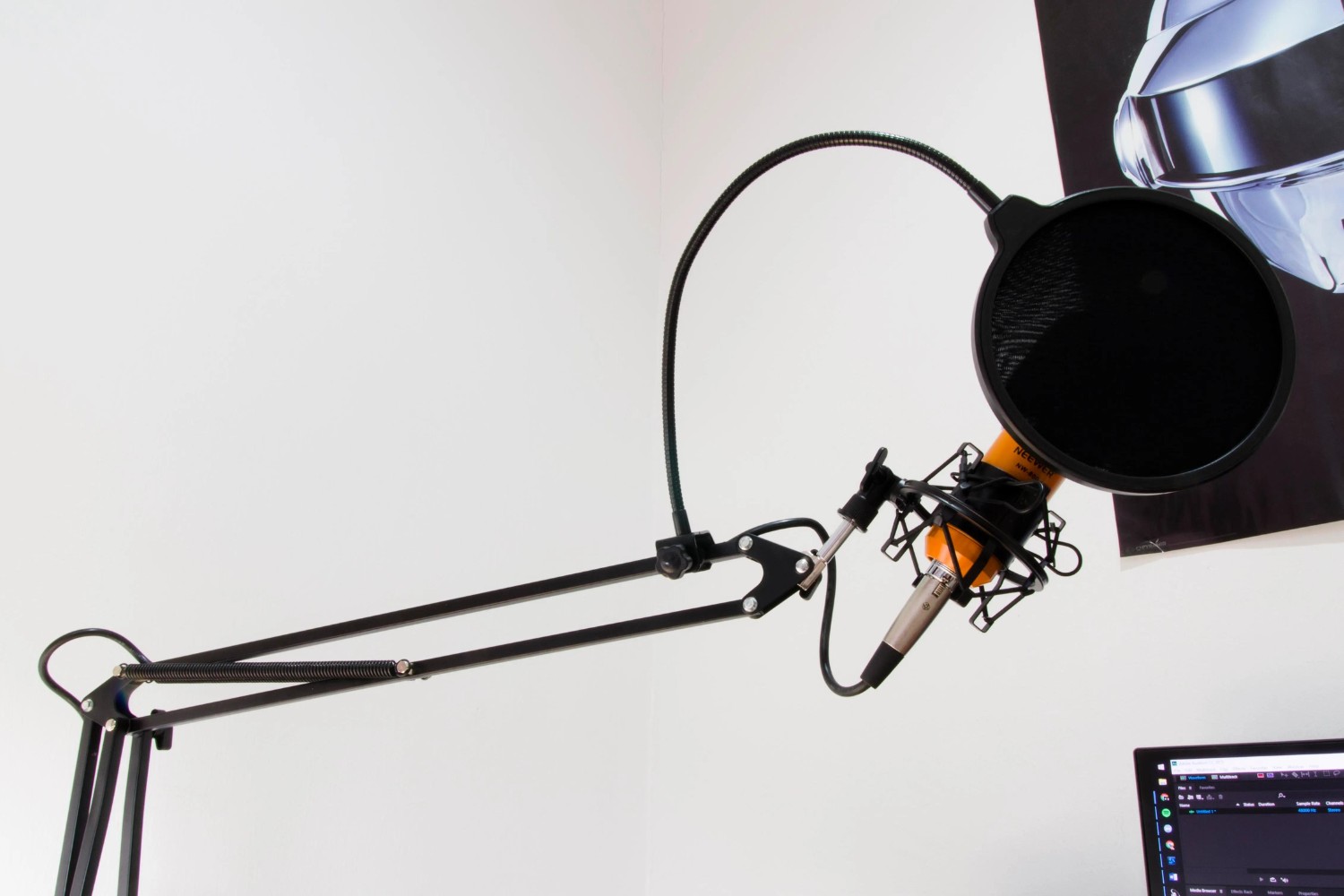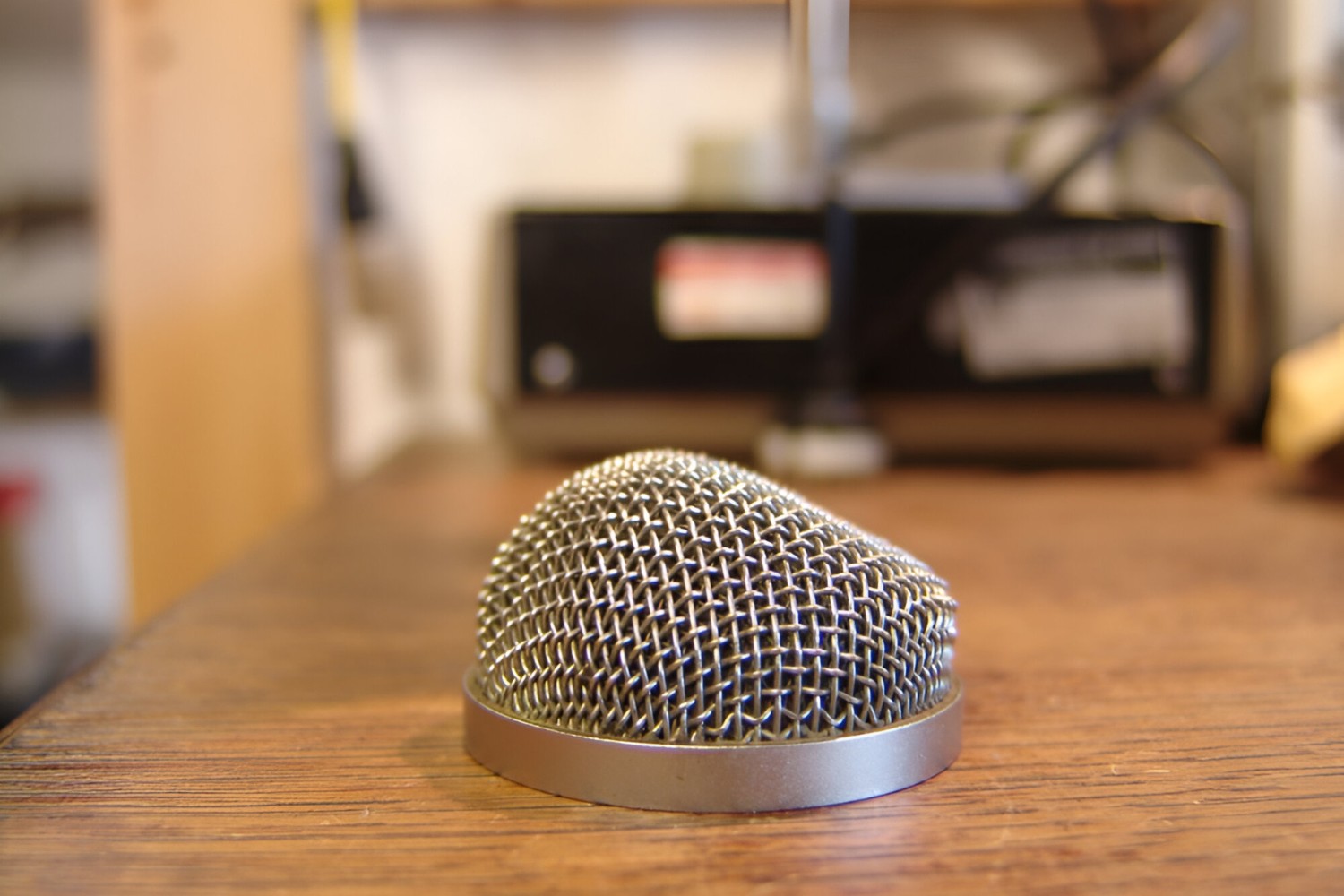Introduction
Welcome to the world of condenser microphones! These remarkable devices are essential tools for capturing high-quality audio, whether you're recording music, hosting a podcast, conducting interviews, or engaging in professional voiceover work. In this comprehensive guide, we'll delve into the intricacies of condenser microphones and explore the best practices for speaking into these sensitive and powerful recording instruments.
Condenser microphones are renowned for their ability to capture sound with exceptional clarity and precision. Their design, which includes a diaphragm and a backplate, enables them to convert sound waves into electrical signals with remarkable accuracy. This makes condenser microphones ideal for capturing the nuances of vocal performances, musical instruments, and ambient sounds.
Understanding how to effectively communicate into a condenser microphone is crucial for achieving optimal audio quality. Proper mic placement, speaking techniques, and environmental factors all play a significant role in capturing clean, professional-grade audio. By mastering the art of speaking into a condenser microphone, you can elevate the quality of your recordings and ensure that your voice is conveyed with the utmost fidelity.
Throughout this guide, we'll provide valuable insights into the world of condenser microphones, offering practical tips and techniques for maximizing their performance. Whether you're a seasoned audio professional or a newcomer to the world of recording, this guide will equip you with the knowledge and skills needed to make the most of your condenser microphone setup. So, let's embark on this enlightening journey and uncover the secrets of speaking into a condenser microphone with confidence and expertise.
Understanding Condenser Microphones
Before delving into the specifics of speaking into a condenser microphone, it’s essential to grasp the fundamental principles that underpin these sophisticated audio recording devices. Unlike dynamic microphones, which operate on electromagnetic induction, condenser microphones rely on the principles of capacitance to capture sound.
At the heart of a condenser microphone lies a diaphragm and a backplate, separated by a small air gap. When sound waves reach the diaphragm, it vibrates in response to the incoming acoustic pressure, thus causing the distance between the diaphragm and the backplate to fluctuate. This variance in distance alters the capacitance between the diaphragm and the backplate, resulting in the generation of an electrical signal that faithfully mirrors the incoming sound waves.
One of the defining characteristics of condenser microphones is their sensitivity to subtle nuances in sound. This attribute makes them particularly well-suited for capturing the intricacies of vocal performances, acoustic instruments, and ambient environments. However, it’s important to note that this heightened sensitivity also renders condenser microphones more susceptible to picking up extraneous noises and handling vibrations, necessitating a controlled recording environment.
Furthermore, condenser microphones require a power source to operate, typically in the form of phantom power supplied by an audio interface or mixing console. This power is essential for energizing the microphone’s internal circuitry and enabling it to convert acoustic signals into electrical impulses with precision and fidelity.
By understanding the inner workings of condenser microphones, you can gain a deeper appreciation for their capabilities and limitations. Armed with this knowledge, you’ll be better equipped to optimize your recording setup and harness the full potential of condenser microphones in capturing stunning audio recordings.
Talking into a Condenser Microphone
When it comes to speaking into a condenser microphone, employing proper techniques is paramount for achieving pristine audio quality. The sensitive nature of condenser microphones means that they can faithfully capture the nuances of vocal performances, but it also necessitates a mindful approach to speaking into them.
First and foremost, it’s crucial to maintain an optimal distance from the microphone. Positioning yourself approximately 6 to 12 inches away from the mic is a good starting point, as this allows for a balanced capture of your voice without overwhelming the microphone with excessive volume or proximity effect.
Speaking clearly and enunciating your words is equally important, especially when recording vocal performances, podcasts, or voiceovers. Articulating each syllable and modulating your voice appropriately can significantly enhance the intelligibility and expressiveness of your recordings, resulting in a polished and professional sound.
Additionally, being mindful of plosive sounds, such as “p” and “b” sounds, can help prevent unwanted bursts of air from causing disruptive pops in the audio. Using a pop filter or employing proper microphone angling can mitigate these plosive effects, ensuring that your recordings remain free from distracting artifacts.
Furthermore, understanding the polar pattern of your condenser microphone is essential for optimizing your speaking technique. Whether it’s a cardioid, omnidirectional, or figure-8 polar pattern, each configuration has unique characteristics that influence how sound is captured from different angles. Adapting your speaking technique to align with the microphone’s polar pattern can yield more consistent and predictable results.
By adopting these best practices and honing your speaking technique, you can harness the full potential of condenser microphones to capture captivating and professional-grade audio recordings. Whether you’re a vocalist, podcaster, or content creator, mastering the art of speaking into a condenser microphone is a valuable skill that can elevate the quality of your productions.
Tips for Proper Mic Placement
Effective mic placement is a critical aspect of optimizing the performance of a condenser microphone. By strategically positioning the microphone and considering environmental factors, you can capture pristine audio while minimizing unwanted noise and interference.
First and foremost, consider the acoustic environment in which you’ll be recording. If possible, choose a quiet space with minimal ambient noise and acoustic reflections. Soundproofing the room or utilizing acoustic treatment can further enhance the recording environment, allowing the microphone to capture clean, unadulterated sound.
When positioning the microphone, aim to maintain a consistent distance and angle to ensure a balanced and uniform capture of sound. For vocal recordings, align the microphone at mouth level and slightly off-center to minimize plosive effects and sibilance. Experimenting with different angles and distances can help you find the optimal placement that complements your voice and minimizes unwanted artifacts.
Utilizing a shock mount or a stable microphone stand can effectively isolate the microphone from handling noise and vibrations, preserving the integrity of your recordings. Additionally, a pop filter can mitigate plosive sounds and reduce the impact of breath noise, contributing to cleaner and more professional-sounding vocal recordings.
Understanding the polar pattern of your condenser microphone is crucial for informed mic placement. For instance, if you’re using a cardioid microphone, positioning it in a way that minimizes off-axis sound can help attenuate ambient noise and focus on the primary sound source. Conversely, omnidirectional microphones capture sound uniformly from all directions, necessitating careful consideration of the recording environment and potential sources of noise.
By implementing these tips for proper mic placement, you can optimize the performance of your condenser microphone and elevate the quality of your audio recordings. Whether you’re capturing vocals, instruments, or ambient soundscapes, strategic mic placement is a fundamental aspect of achieving professional-grade audio results.
Conclusion
As we conclude our exploration of speaking into a condenser microphone, it’s evident that mastering the art of microphone technique and placement is pivotal for achieving exceptional audio quality. Whether you’re a musician, podcaster, voiceover artist, or content creator, the insights shared in this guide can empower you to harness the full potential of condenser microphones and elevate the caliber of your recordings.
By understanding the intricate workings of condenser microphones and adopting best practices for speaking into them, you can capture the nuances of vocal performances, musical instruments, and ambient soundscapes with remarkable fidelity. From maintaining an optimal distance and employing proper speaking techniques to strategic mic placement and environmental considerations, every facet of the recording process contributes to the creation of captivating and professional-grade audio.
Furthermore, the sensitivity and precision of condenser microphones underscore the importance of creating a controlled and conducive recording environment. By minimizing ambient noise, addressing acoustic reflections, and utilizing essential accessories such as shock mounts and pop filters, you can ensure that your recordings are free from unwanted artifacts and distractions.
Ultimately, the knowledge and techniques shared in this guide serve as a foundation for unlocking the full potential of condenser microphones. Whether you’re embarking on a musical endeavor, producing engaging podcasts, or delivering compelling voiceovers, the ability to speak into a condenser microphone with confidence and expertise is a valuable asset that can amplify the impact of your creative endeavors.
As you apply these principles and refine your approach to speaking into condenser microphones, may your recordings resonate with clarity, expressiveness, and a captivating sonic presence. Embrace the art of speaking into a condenser microphone as a gateway to capturing the richness of sound and sharing your voice with the world in its purest form.










